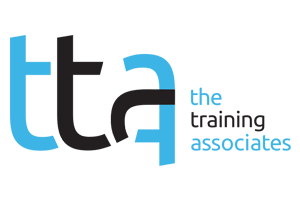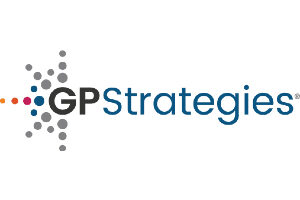As a home or property service business owner, the question you should ask yourself isn’t if you can afford the cost of training your employees. The better question is whether you want to grow your business.
Starting a training program is an investment that gives back to your company almost immediately. Not only can your employees increase and sharpen their skills, but also they can feel valued. When employers invest in their employees, they can help increase employee retention and provide a higher quality of service to their customers.
Even if your company is small, if you want to grow your business, making sure your employees have impressive soft skills, understand the latest technological advancements in your industry and know how to talk to your customers can give you a competitive advantage.
Getting Started
One of the best ways to plan your prospective training program is to perform a skills gaps assessment of your employees. There are a number of tools on the market that can help you make this determination, but a 360-degree assessment process can provide you with the insight from them that you need to plan your program.
A 360-degree feedback assessment, also known as a multi-rater feedback assessments, can allow individuals to understand their personal strengths and weaknesses using the constructive feedback of others who work with them most.
This kind of assessment can help you build training classes that allow you to group employees based on their skill levels so they can learn as a team. It helps to group those who you believe will excel with those who would benefit from their tutelage. Oftentimes, peer-to-peer learning with the guidance of a critical leader or coach is preferable to employees who learn better from their associates.
Aligning Learner Preferences With Training Modalities
Another consideration for learning leaders to make is how best to deliver the training program to their learners. This can depend on what is being taught and how interactive the training content will be.
For example, teaching your techs new technology is probably best done in a classroom setting. Live demonstrations of the new equipment at the head of the classroom can help you engage the room better.
However, you can run the risk of either talking over their heads or insulting them by “dumbing” down your language too much. Striking the right chord with your audience is essential.
You can also consider online training, which may be more preferable for your younger team members. Companies like Interplay Learning, TalentLMS and AbsorbLMS, can offer ongoing training modules that help you track your employees success.
Other methods, such as interactive or on-the-job training, can work best when the skills have been learned but your team needs a refresher out in the field. But you should also consider your employee’s individual learning preferences when developing your training.
A lot of people prefer auditory, visual or tactile (hands-on) learning content because it can be more engaging and interactive. If you have a tech who prefers visual learning programs, yet you continue to rely on auditory learning tactics, they may never wholeheartedly engage with the training. There’s no wrong way to learn, but there are several ways to misunderstand your audience.
Building Your Culture
Creating a training program is also an excellent way to encourage a continuous learning culture within the workplace. Today, many GenZ workers want jobs that have a higher purpose and look for companies that show they value them by providing a positive company culture and employee training. As Baby Boomers, and soon Gen X, retire from the trades, it’s imperative that contractors appeal to younger generations to fill these positions.
Investing in your employees can show them that you care about their future at your establishment, and investing in training, can specifically show them that you care about their personal futures. According to Survey Monkey, many GenZ workers think training helps them do their jobs better, and more than half say training improves their self-confidence.
Growing Your Business
Adding a training program can also benefit your growth strategy.
The home and property service industry has seen a boom in technology recently, and in order to stay competitive, your employees have to understand how new technology works.
The smart home industry, for example, has begun growing rapidly. Younger home buyers are used to technology and believe it can help them stay on top of their comfort systems’ service and maintenance needs. If your team isn’t trained in this new technology, consumers will reach out to your competitors who are.
And you don’t have to be a huge company to implement a training program. For example, a small two-person plumbing company in New England came to our company after a series of trials and errors. They were resistant to the idea of training at first, but slowly began implementing the new ideas they learned from their own mentors and coaches. That company now earns a double-digit net profit.
Training isn’t just for the big boys. It should be implemented at companies of any size.
Accountability
Regarding the plumbers in New England, training isn’t just for your techs and customer service reps. Training is critical for leadership, too. Leadership training can help you remain accountable for your employees’ and organization’s growth. This can give your company an advantage over competitors.
Having a coach or a mentor can help you and other leaders bounce ideas off the wall and provides you with someone who can empathize with your issues and understand your situation.
So, if you want to retain good employees, build a culture of learning within your company and stay ahead of your competition, a good training program is the way to go.
CEO Warrior’s director of training, Kevin Hill, has a strong background in operations and understands the importance of meaningful connections and strategizing for personal and professional growth. Hill has more than 20 years of industry experience, including founding and running two start-up companies.


